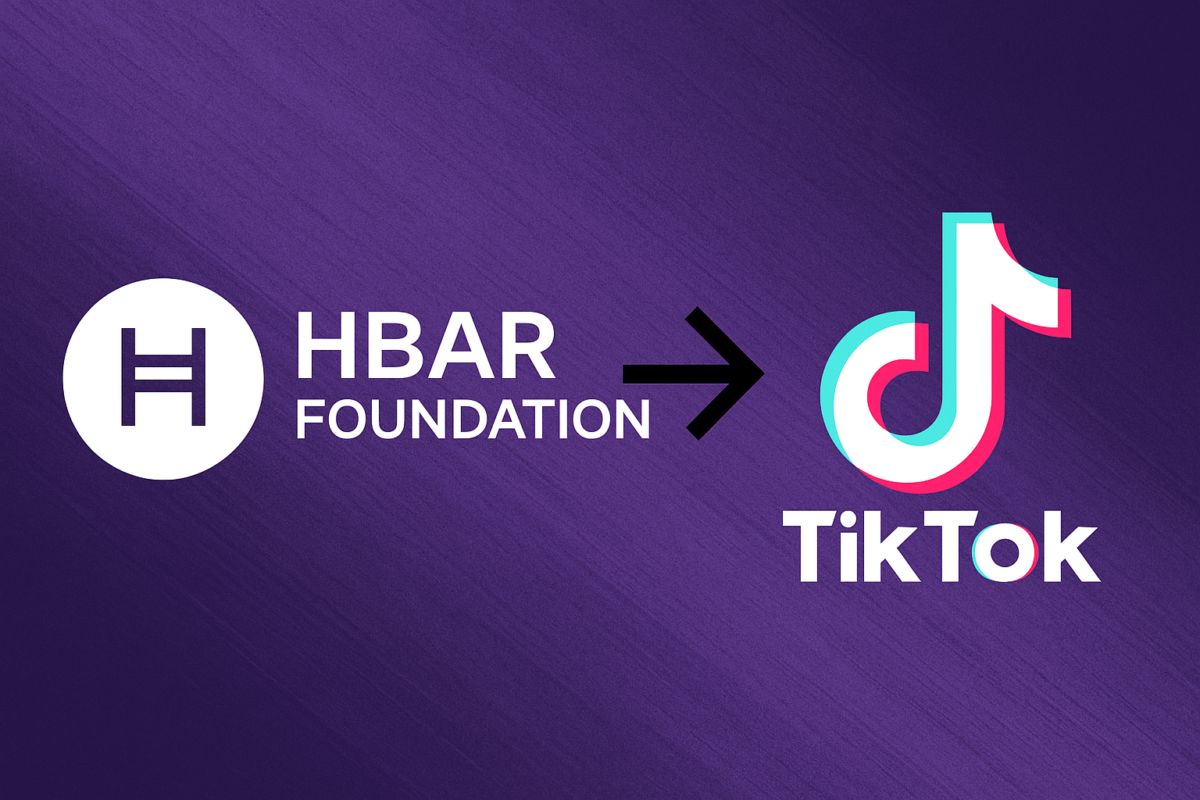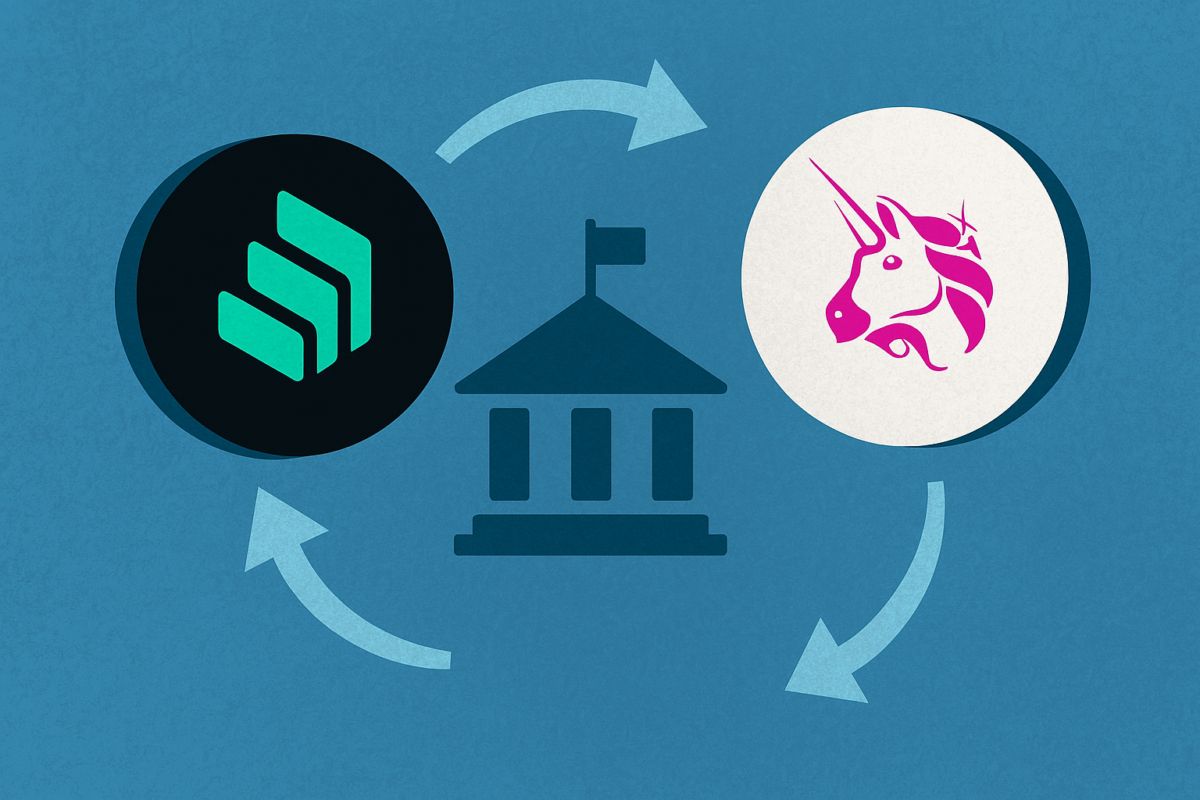XRP’s Daily Settlement Volume Grows Post-Trump Reelection, Yet Trails Behind Bitcoin and Ethereum
-
XRP rallies in price post-Trump reelection, driving notable spikes in daily settlement volume yet trailing behind Bitcoin and Ethereum.
-
XRP’s recent performance suggests a potential shift in cross-border payment solutions, yet adoption metrics indicate a speculative rather than utilitarian growth.
-
As noted by Glassnode, XRP’s rise in settlement volume showcases immediate market reactions rather than long-term strategic use.
XRP’s settlement volume surged after Trump’s reelection, reaching $2.28 billion daily, but it still falls short of Bitcoin and Ethereum’s metrics.
XRP’s Volume Surge Following Trump’s Election Victory
Recent analytics indicate that XRP’s average daily settlement volume in US dollars has shown a pronounced increase, particularly since Donald Trump’s election win in November 2024. Glassnode data reveals that XRP has consistently settled approximately $2.28 billion daily, a substantial uptick from the usual range of $300 million to $1 billion. This surge correlates with XRP’s significant price rally, yet the observation also raises questions about the nature of this activity—primarily whether it stems from genuine adoption or market speculation.
Despite being at the forefront of a potential revolution in international payments, XRP’s recent uptick in volume may primarily reflect internal Ripple transfers, strategic sales, and speculative trading actions rather than a broadening acceptance as a cross-border currency. Analysts remain watchful of these trends, concurring that the market may still not fully embrace XRP as a staple payment solution.
The Role of Ripple in XRP’s Transfer Dynamics
A large portion of the increased transfer volumes can be attributed to strategic movements by Ripple Labs, particularly significant sales from co-founder Chris Larsen. Citing specific transactions: as of September 2024, Larsen moved over 50 million XRP (~$29 million) from a previously dormant digital wallet. Such high-profile transactions naturally contribute to increased daily volume metrics but also raise scrutiny over their implications on market integrity.
The historical context of these sales is critical. Ripple has explicitly structured its sales activity in a reactive manner, adjusting its strategy to the market conditions; during periods of price surges, they typically experience elevated demand for liquidity. Consequently, this leads to heightened transactional volume—often mistaking activity for genuine network adoption.
Comparative Analysis: XRP Falls Short Against Bitcoin and Ethereum
While XRP has demonstrated remarkable daily settlement figures, it still significantly trails behind the established giants, Bitcoin and Ethereum. According to Glassnode, Bitcoin’s average daily transfer volume stands at an impressive $23.26 billion, dwarfing XRP’s performance. Specifically, recent statistics reveal that Bitcoin has seen an overall transfer volume averaging $64.03 billion daily, which can be closely tied to strong institutional investments and the increasing interest in exchange-traded funds (ETFs).
Ethereum, while second to Bitcoin, also performs robustly with a daily average around $2.53 billion, reaching nearly $5.67 billion in 30-day averages. This suggests a more continuous and less speculative flow of capital compared to XRP’s recent spikes.
Understanding Total Transfer Volume as an Indicator of Utility
Total transfer volume serves as a vital on-chain metric representing the actual value exchanged in blockchain networks daily. Sustained high volumes indicate a healthy ecosystem with active user participation in transactions. Bitcoin and Ethereum enjoy a consistent influx of activities driven by custodial services, ETFs, and the decentralized finance (DeFi) sector.
In contrast, XRP’s transaction volume appears more synchronized with speculative trading cycles than with regular use cases or ongoing projects related to its utility in international remittances. Despite Ripple’s ongoing efforts to enhance the utilization of XRP through initiatives like On-Demand Liquidity (ODL), it is increasingly evident that market participants remain skeptical about embracing XRP as a mainstream payment solution.
Innovations Yet to Yield Competitive Volume
With recent advancements in XRPL facilitating stablecoin issuance and EVM compatibility, optimism remains for potential future integrations that could improve usage metrics. The implementation of tools such as Automated Market Makers (AMM) saw growth in activity by 3,100% in late 2024. However, these initiatives have yet to catalyze XRP volumes comparable to that of leading cryptocurrencies like Bitcoin or Ethereum. Continued observation will be critical as these developments unfold.
Conclusion
In summary, while XRP’s settlement volume has seen a remarkable uptick post-Trump’s reelection, primarily attributed to the actions of Ripple and speculative trading, it continues to lag behind Bitcoin and Ethereum in daily utilization metrics. The current data suggests that, despite the intriguing potential of the XRP Ledger, its adoption as a mainstream cross-border payment solution remains limited, necessitating ongoing innovation and market confidence to spur further growth.
Disclaimer: The content of this article solely reflects the author's opinion and does not represent the platform in any capacity. This article is not intended to serve as a reference for making investment decisions.
You may also like
HBAR Foundation Eyes TikTok Acquisition as April 5 Deadline Looms

Chainlink Brings VRF and Functions Live to Soneium Network

Jupiter VERIFY Adds Trust Layer to Solana Token Trading

Compound Adopts Uniswap-Style Governance with New Foundation

